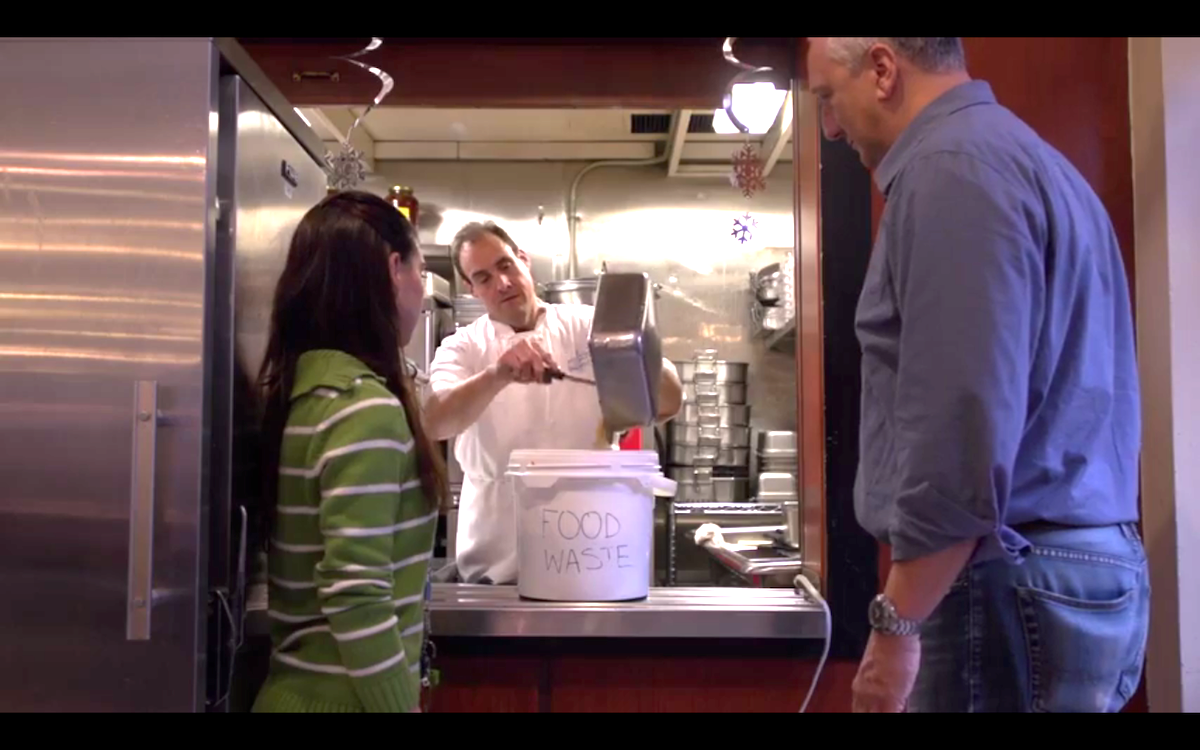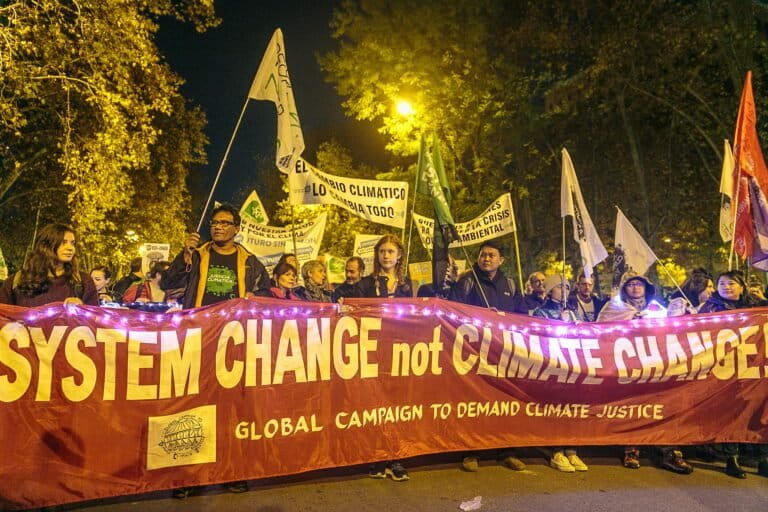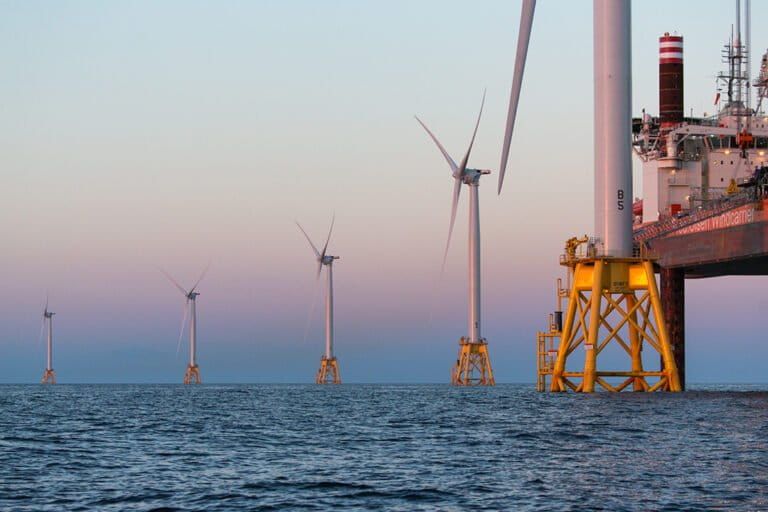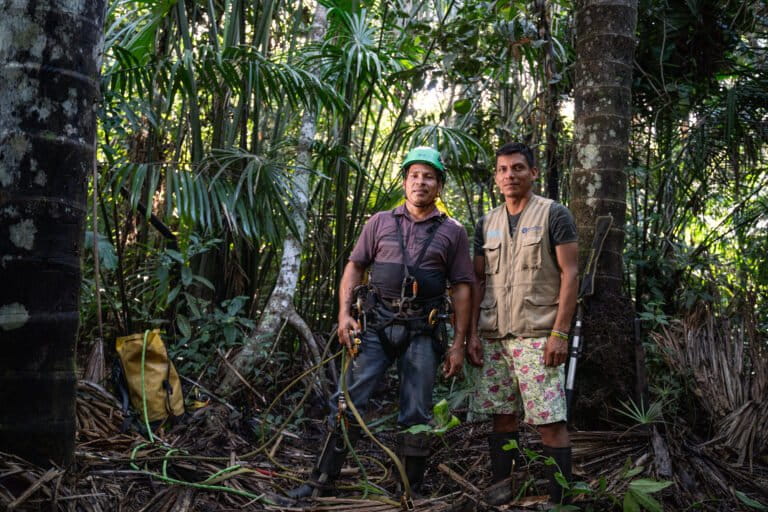- Palm oil is used in everything from margarine and ice cream to cosmetics and certain fabrics.
- But the palm oil industry has a history of association with deforestation and human rights abuses. As oil palm plantations continue to expand to more tropical areas around the world, many are worried they will come at the expense of rainforests.
- A biotech startup in the U.S. thinks it has found an alternative to palm oil – fungus that can be grown on food waste.
- But while lab experiments have demonstrated some success, it remains to be seen whether fungus-derived oil can be produced in quantities large and cheap enough to compete with palm oil.
Fungi – a kingdom grouping that includes mushrooms, mold and yeast – have long been heralded for their beneficial properties. They’ve been used to soak up oil spills, boost your immune system and lower cholesterol, among other environmental and medical feats. Now, researchers have found one more use for fungi – as a possible alternative to palm oil.
The palm oil industry has a history of association with deforestation and human rights abuses. But palm oil is also one of the most versatile products on the market, found in everything from margarine and ice cream to cosmetics and certain fabrics. One study by the Eden Tree, a green investment group, found that palm oil is found in over 50 percent of food and non-food products in major grocery stores.

So, can fungi offer an alternative oil for these products?
“Technically, yes,” said Melanie Valencia, an environmental chemist from Ecuador and one of the minds behind CarboCycle, a biotech startup that developed the technology to extract lipids from fungi that are similar to palm oil.
“It’s really about how I feed [the fungi],” she said, explaining that the microorganisms actually grow on organic waste.
Numbers from the Environmental Protection Agency show organic waste makes up more than half of solid waste produced in the U.S., and releases harmful methane and carbon dioxide emissions as it sits and decomposes. Recycling the waste alleviates this problem. It’s also an input that’s easy to manipulate – change the waste properties and you can change the kind of oil it produces.
CarboCycle is a project born out of the environmental engineering lab at Columbia University in New York City, through research conducted by Valencia, Kartik Chandran and Shashway Vajpeyi. While not yet out of the lab, CarboCycle has been awarded the Colombia Venture Challenge, while the MIT Technology Review named Valencia one of the Top Innovators Under 35 in 2016 for her role in the project.
Their initial aim wasn’t to develop an alternative for palm oil, but rather to address climate change issues. This is why they ended up with a technology that tackles both deforestation and overflowing landfills, aiming to “close the carbon loop,” as per their organizational motto.

According to Valencia, the biggest ecological problem with oil palm is the enormous amount of space it uses. The total land devoted to palm agriculture spiked between 1990 and 2012, from 6 to 17 million hectares worldwide, according to a recent article in the journal Global Environmental Change. In many cases, industrial cultivation of oil palm trees has led to the deforestation and degradation of rainforest habitat. This has been particularly severe in Indonesia, where millions of hectares of tropical forest – including peat forest, which stores more carbon per hectare than any other ecosystem in the world – have been converted into oil palm plantations.
“It’s taking away the carbon sequestration capacity from a ton of soil,” Valencia said. In this sense, “palm is a bigger threat to our ecosystem than oil,” especially since future projections show that demand for the product is likely to rise, she added.
According to the World Bank, demand for palm is expected to double by 2050, as emerging economies consume more and more processed foods, in which palm oil is a major ingredient.
The production of oil from fungi takes up significantly less space, Valencia says, since all of the work is done in the lab. It’s production has several stages, from fermenting the organic waste on which the fungi will grow, to collecting the final microorganisms (fungi), and extracting lipids (the oil) from their cells.


Another benefit of this process is its minimal retention time. The whole operation from beginning to end takes only two to four days, which means that under appropriate conditions CarboCycle could produce at very high rates. Valencia said storing the stock is her only concern about space.
In the initial stages of their research, Valencia and her colleagues spoke to companies that use palm oil in their products, including major brands like Dannon and Johnson & Johnson, many of which said they were looking to take palm oil out of their production chain due to the negative PR the industry garnered over the years. This is one reason Valencia is optimistic about CarboCycle’s future. She and her colleagues are currently applying for grants, while looking for funding and businesses to partner with in order to really get CarboCycle off the ground and out of the lab.
However, even though they are optimistic, Valencia said producing at scale is a whole other ball game, and one of the biggest challenges for startup companies trying to tackle environmental problems.
This is not the first time that scientists have claimed to find an alternative to palm oil. Researchers have also looked at algae and yeast, but haven’t been able to produce either at scales large enough to compete with palm oil.
Ashwin Ravikumar, an environmental scientist and assistant professor of environmental studies at Amherst College, said cost is another major barrier that laboratory-based alternatives to oil palm will face. Oil palm is too cheap to compete with, he said, mainly because land is so cheap, particularly in the Amazon where there is a major lack of forest protection.

However, he says that this reality should not be accepted as a fixed status quo.
“To say that oil palm is cheap and that’s the way it is, like this fact that just exists out there, is to dangerously de-politicize the entire nature of the sector,” he said
According to Ravikumar, governments could play a major role here by increasing protected forest area and calling off development projects in certain parts of the Amazon, which would naturally increase the price of land. But, he said, many of them won’t.
The Amazon in particular has been a major concern for environmentalists. Currently, around 85 percent of the world´s supply of palm oil is produced in Malaysia and Indonesia alone. But as demand rises and plantation land becomes less available in these areas, producers are increasingly looking elsewhere to expand cultivation. The Amazon and other tropical areas around the equator are hot spots for future plantations since oil palm trees need temperatures between 25 and 28 degrees Celsius, regular rainfall and strong sunlight to thrive.
According to Ravikumar, this expansion could lead to deforestation of huge swaths of rainforest, and destroy local biodiversity, cultural diversity and carbon stocks in the process. Research published in a 2006 study in Nature estimates the Amazon rainforest stores between 90 and 140 billion metric tons of carbon, which, if released, could significantly affect climate change.

But according to industry specialists, oil palm plantations do not have the same environmental impacts as they once did. Mauricio Viteri is a manager at Oleana, an umbrella organization that represents various actors in the palm oil sector in Ecuador. He says outside pressures have caused the industry to make major changes in all aspects of its production process. This includes establishing the industry-founded Roundtable on Sustainable Palm Oil (RSPO), the world’s largest palm oil certification body, to ensure producers follow environmental protection regulations and do not contribute to more deforestation.
“Initially, yes, in places like Malaysia and Indonesia there was concern about the environmental impact [of oil palm]. But not in the Americas,” Viteri said.
Environmentalists are skeptical that this accreditation goes far enough. Valencia herself said the certification is better than nothing, but the global community could be doing more.
“I think we’ve overused the sustainable word,” she said, “We have the capacity to regenerate, so why not reach for that?”
FEEDBACK: Use this form to send a message to the editor of this post. If you want to post a public comment, you can do that at the bottom of the page.














